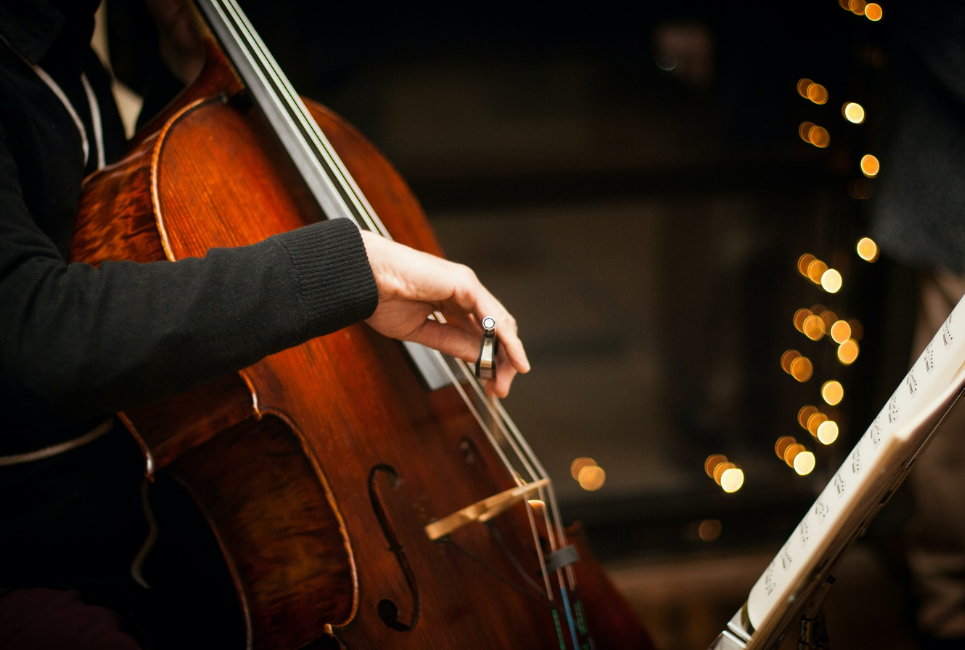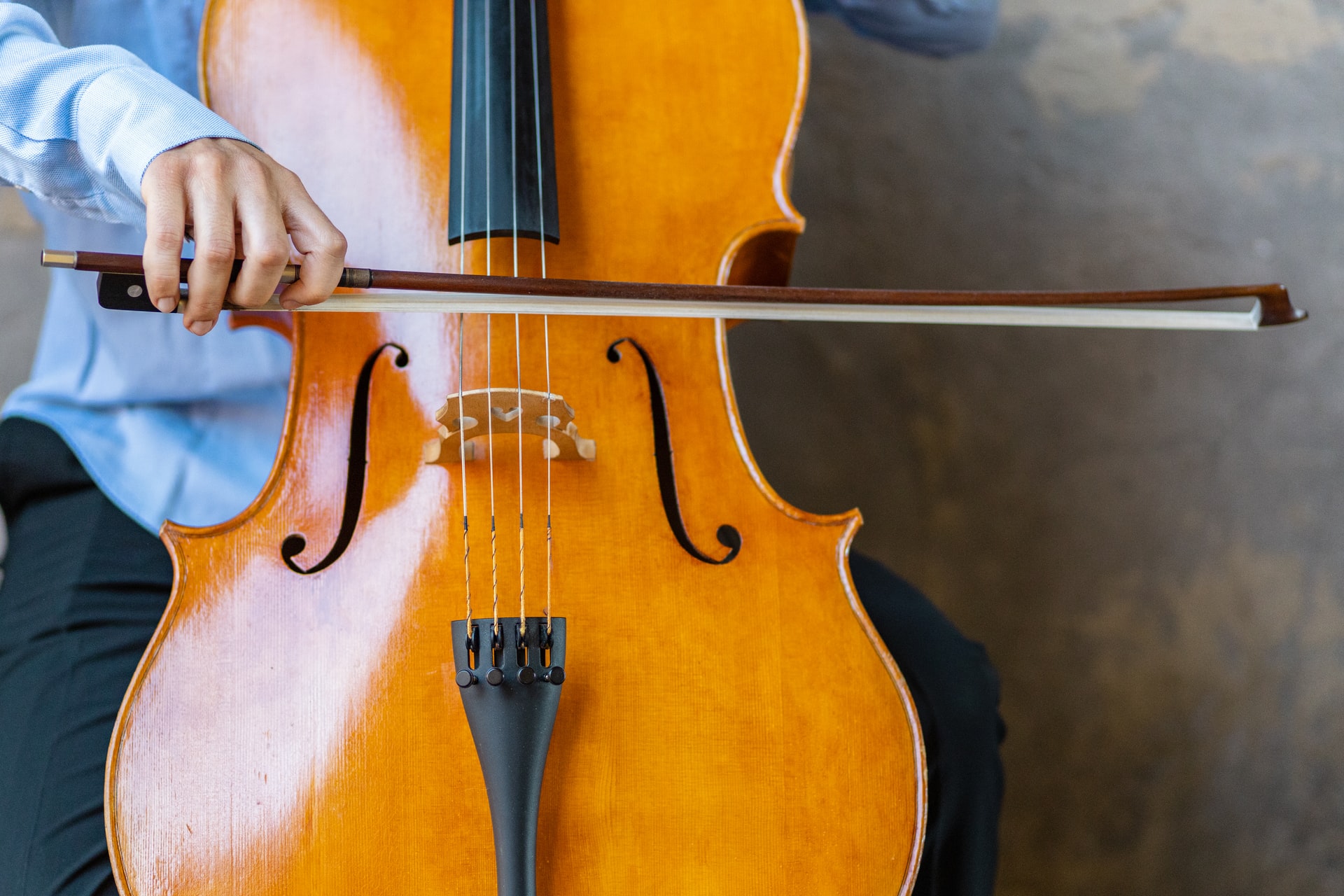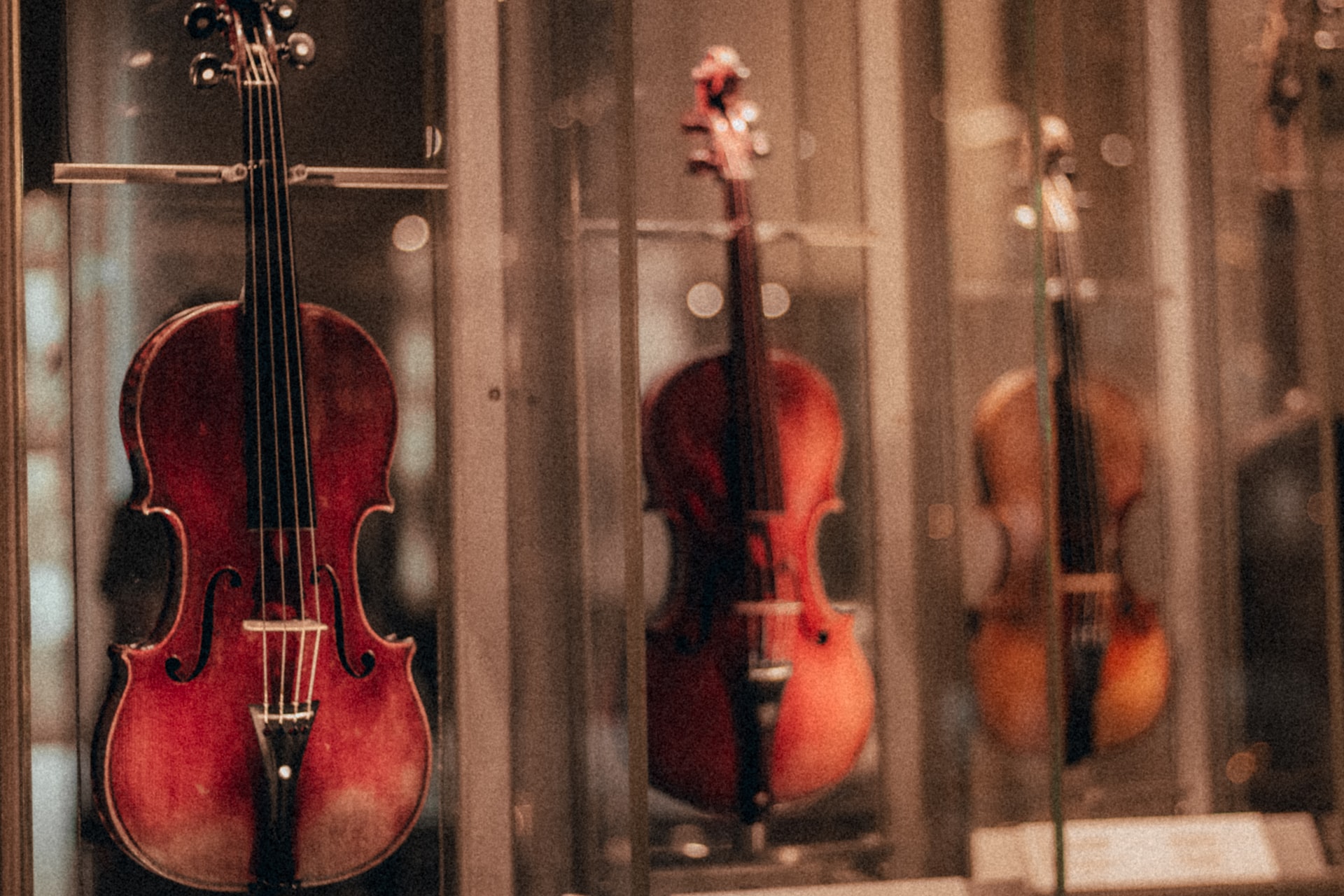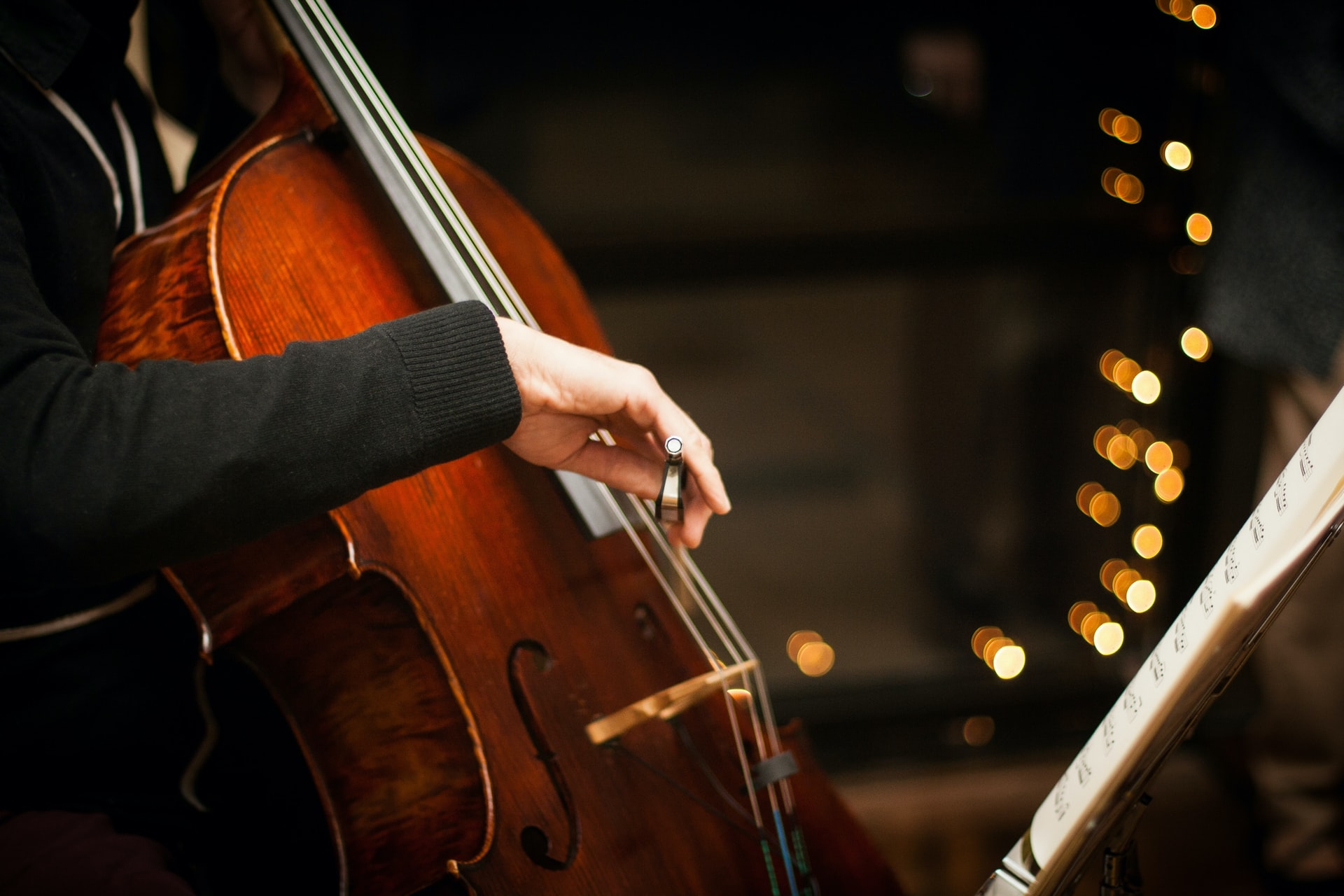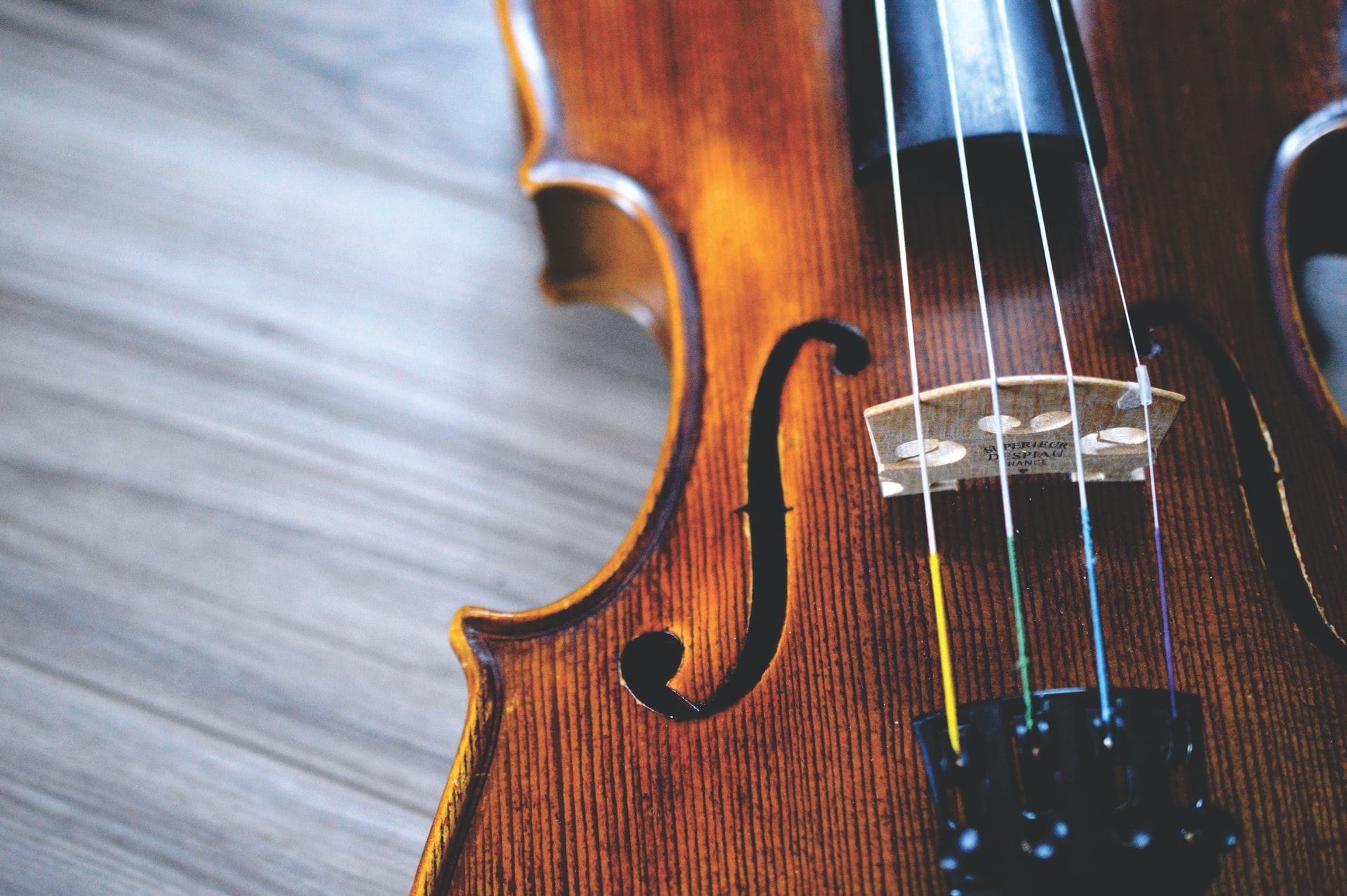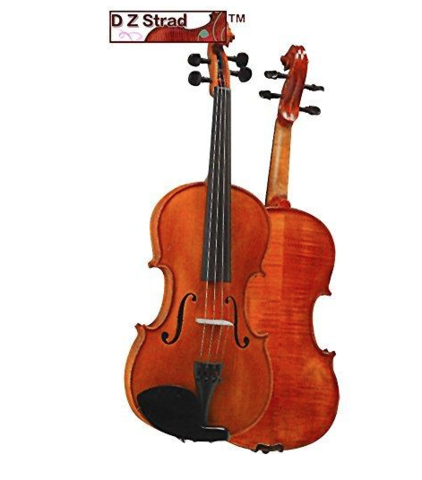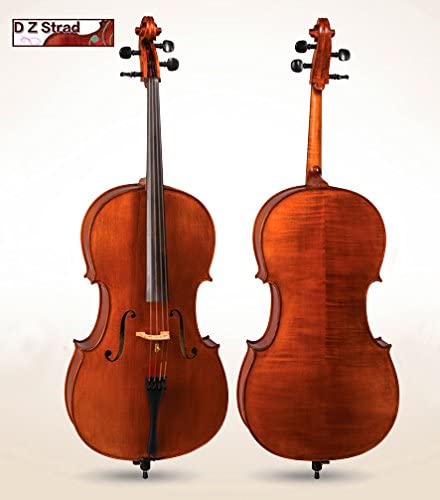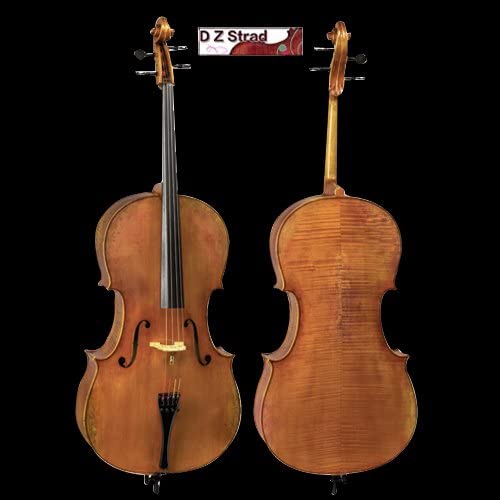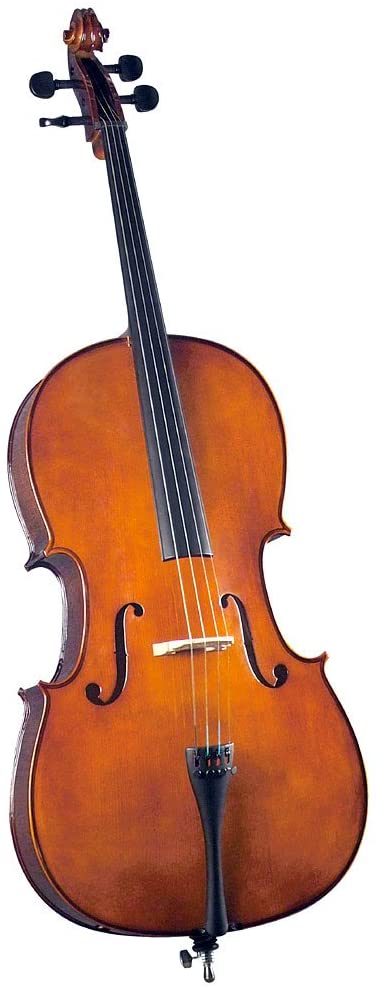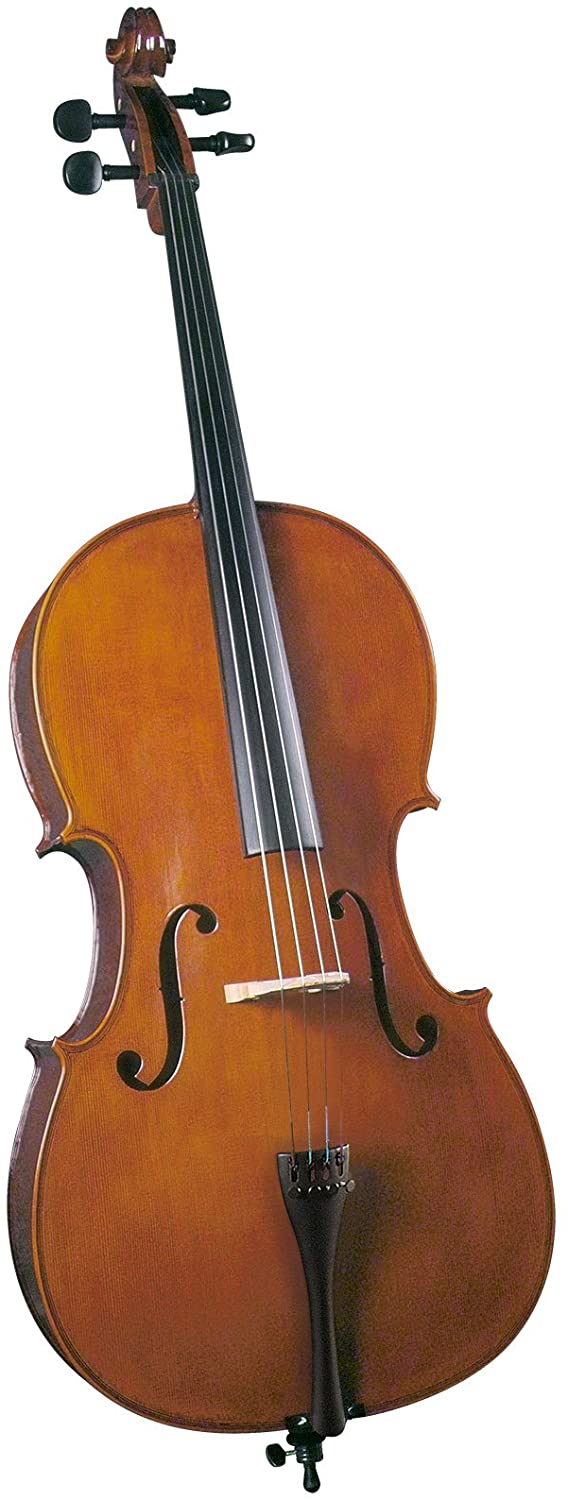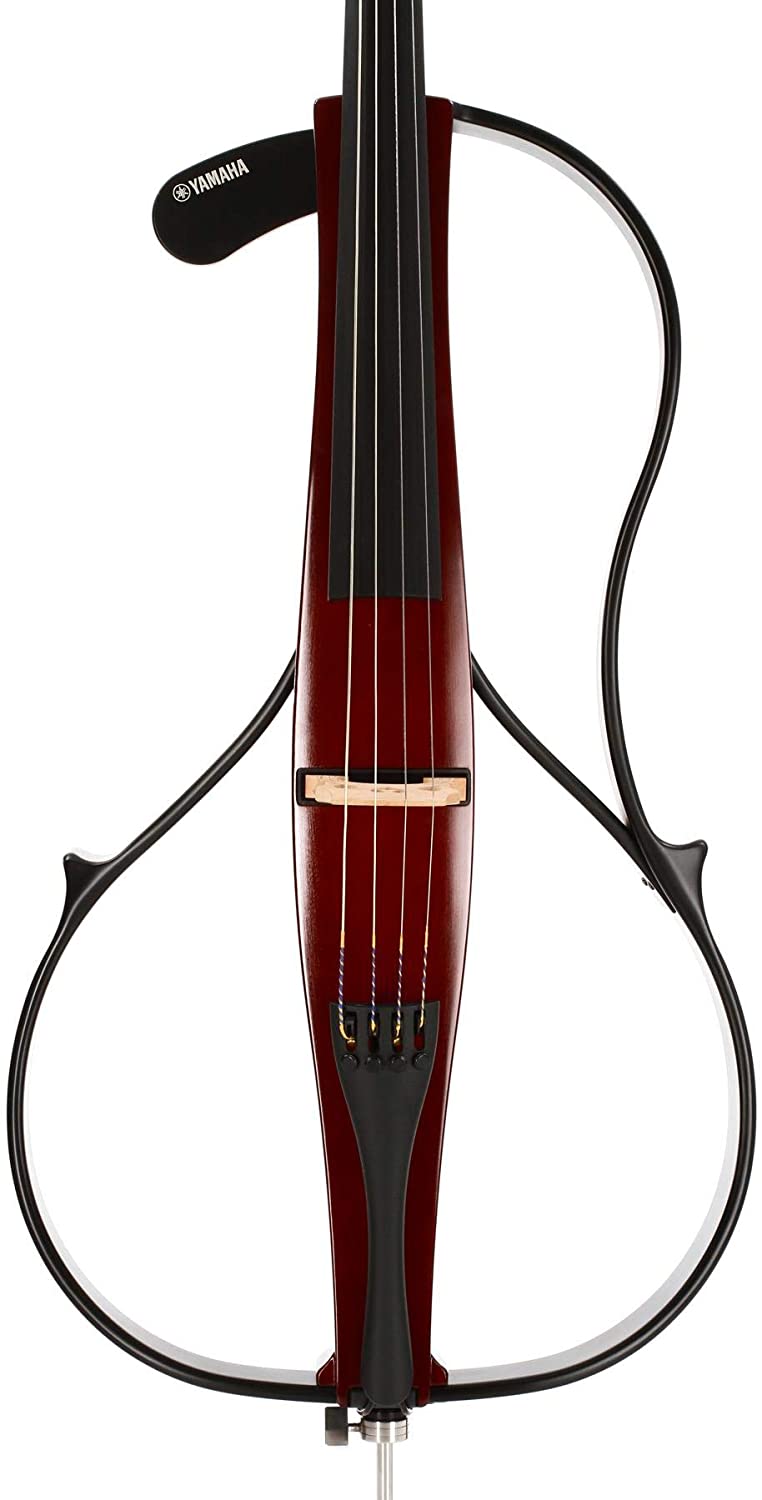- Cecilio CCO 400 Review and Guide - February 21, 2022
- Cecilio CCO 500 Review and Guide - February 17, 2022
- Cecilio CCO 600 Review and Guide - February 9, 2022
Have you ever heard the cello and wondered how people can sound that good? While technique is important, the cello greats know how to find the best cello.
That way, they don’t have to mess too much with the instrument, and they can focus on the music. Luckily, you don’t have to be a professional to choose a good cello.
How to Find the Best Cello
When you want to buy your first cello or upgrade to an intermediate or pro model, you need to know how to find the best cello for you. It can help to know what cellos others play.
However, the instruments that work well for other people may not work as well for you. As you shop for a cello, try to avoid comparing yourself and your cello to players like Yo-Yo Ma.
Instead, focus on the following steps to narrow your search for the best cello at any level.
Assess Your Size
One of the most important factors in choosing a cello is the instrument size and your size. Cellos come in multiple sizes, and some are better for children, while others are more suitable for adults.
If you don’t have a cello, you can measure your height and arm length. Compare it to a size chart for cellos to get an idea of the size that might work for you. If the size doesn’t work, try one size smaller or larger.
When you’re looking to upgrade to a better cello, think about your current instrument. Consider how comfortable it is to hold or if you may need to move up to a bigger size.
Understand Your Level
Another factor that can help you decide on the best cello is your playing level. Some instruments are much better for beginners, either because of their price or because they’re machine-made.
At the professional level, there’s more hand craftsmanship, which also brings up the price. When you’re a beginner, you may not be able to discern the nuances that come with a professional cello.
However, you might outgrow your beginner model, either physically or musically. Then, you can upgrade to an intermediate or professional model.
Review Your Budget
Of course, you shouldn’t go shopping for any major purchase without a budget. When you buy your first cello, you can get away with a much smaller budget than when you’re looking to upgrade.
As a beginner, you should plan to spend $500 to $1,500. Intermediate cellos start at around $1,500 and go up to $5,000 or $6,000, depending on the brand and model.
When you’re ready to buy a professional cello, you should spend at least $5,000 to $10,000. That way, you’ll be able to select an instrument that you’ll continue to play for years.
Consider Multiple Brands
Fortunately, you can choose between multiple fantastic cello brands. You may find you like the feel and sound of one brand more than another, even though other cellists may not like the instruments you like.
Open yourself up to as many brands as possible to increase the available models to try. As you test cellos, you can narrow your search based on what you do and don’t like.
Use your budget to help find more cellos that you can afford. Start researching the brands and models in your price range so that you can start the trial process with a few of them.
Ask For Recommendations
Buying a cello can be a very personal and subjective process. However, that doesn’t mean you shouldn’t involve anyone else in your shopping.
If you have a cello teacher or know other advanced players, ask for their suggestions. This is especially useful when you’re a beginner and don’t have any personal experience with the cello.
Another cellist can help you find the right brand and model for you. If they go with you to try cellos, they can either test the cellos for you or listen to you and give their feedback.
Set Up a Trial
The next, most exciting step in how to find the best cello is to set up a trial. A trial is where you request a few cellos to be available at a local music store or to ship to your home.
That way, you’ll be able to test a few different models at the same time to choose the best one for you. If the store you want to buy from doesn’t offer trials, consider if they have a return period.
While that’s not ideal, you can still try the cello and then return it if it’s not the right fit. You can exchange it for another cello that will, hopefully, work better for you.
Bring Your Cello
If you already have and play the cello, bring it to your trial. Your current cello can serve as an excellent comparison because you already know how to play it and how you sound on it.
Play your cello before playing any other models to get a baseline in terms of the sound and feel. Then, move on to the other models available in your trial.
You may find that none of the cellos you test are as good as the one you own. Or you might be able to eliminate one or two of the other cellos if you prefer your current model.
Use the Same Excerpts
When trying your cello and other models, use the same musical excerpts. You can use solo music, such as the J.S. Bach Cello Suites, or orchestral pieces, such as The Swan from Carnival of the Animals.
If you prefer to play pop or folk music, find pieces from those genres. No matter what music you use, keep it the same for each cello you try and use music that will test the instrument’s range.
That way, you’ll be able to reduce the differences between the instruments to make a better comparison. And you can test the low and high notes to check for things like wolf tones and other potential issues.
Record Yourself
As you go through the different cellos, take recordings of yourself playing each one. If you can’t decide between two cellos, listen back to the recordings to hear things you may have missed when playing them.
You can even have someone else play the recordings so that you don’t know which is which. That way, you won’t have to worry about preconceived biases influencing your choice.
Similarly, you can send the recordings to a cello teacher for their thoughts. Another set of ears may help you decide between two or three cellos.
Don’t Forget Used
New cellos can be great options for many players, but only looking at used models can limit your search. So don’t be afraid to find cellos on the used market to test out.
You can find used cellos at music stores through consignment programs. But some individuals will also have a cello for sale on platforms like Craigslist or Facebook Marketplace.
Before you buy a used cello, it’s especially important to play it. Then, you can make sure the instrument is in good condition and avoid paying too much for it.
Start With Renting
Another thing you may want to consider, at least as a beginner, is renting a cello. Some cellos can be expensive, and you may not want to invest hundreds of dollars into something you aren’t sure you’ll love.
Renting allows you to test the cello for a while to see if you like playing it. If you can’t rent a cello but still don’t want to pay the full price when you purchase one, look for financing options.
That way, you can still get a good-quality cello, but you’ll pay for it over time. You won’t need to save as much money before you start playing a new instrument.
Make Small Changes
Maybe you find a cello that you like but don’t love. You think it’s better than the others you’ve tried, but there’s something missing.
While you can continue to shop for cellos, you can also make small changes to the one you found. Consider getting a set of strings from a different brand to see if you like how those sound better.
You may also want to find another cello bow, which can offer a distinct sound. This is also a good option if you have a cello but you aren’t ready for a full upgrade.
The Best Cellos
So you know how to find the best cello, but you still don’t know which brands to try and which to avoid. With all of the options out there, searching for the best cello may seem overwhelming.
Luckily, you don’t have to worry about wasting time on cellos that aren’t worth it. Instead, consider a few fantastic brands and some of the models they offer.
Then, you’ll be able to save time and frustration whether you’re shopping for your first or third cello.
D Z Strad 101
One excellent beginner cello model is the D Z Strad 101. This cello is a handmade model, so it does cost more than some instruments in the same category, but it’s of great quality.
It uses spruce and maple, and there’s a varnish finish to provide a clean look. You can get a consistent feel and a warm, resonant sound when playing this cello.
The instrument comes with strings, a bow, rosin, and a case to protect everything. Then, you’ll be able to start playing as soon as you receive the model, whether you choose a 1/2 size or 4/4 size.
Pros
- Great for beginners
- Handmade
- Warm sound
Cons
- A little expensive
D Z Strad 250
The D Z Strad 250 is another fantastic handmade cello with hand oil-varnish for the finish. It takes inspiration from some great Italian cellos, so you can get an amazing instrument for the price.
This cello comes in different sizes, from 1/8 up to 4/4, so you can choose the ideal size for you. That helps make the instrument comfortable to play.
You get everything you need to play the cello, so you don’t have to buy strings or a bow separately. Instead, you can focus on learning the basics or improving your craft.
Pros
- Different sizes
- Good quality
- Easy to play
Cons
- Expensive
D Z Strad 500
Moving into the intermediate level of cellos, there’s the D Z Strad 500. This model costs quite a bit more than the two prior D Z Strad cellos, and it uses maple and spruce from the Swiss alps.
You get a medium-bodied C string, which can help you get a clear and powerful sound. The cello itself is handmade and offers a resonant sound.
Like the other D Z Strad cellos, this one comes with a bow, rosin, and a case. You don’t have to shop for accessories to get a good setup, but you can upgrade to a different bow or strings if you prefer.
Pros
- Fantastic sound
- Great wood
- Comes with what you need
Cons
- Not for beginners
D Z Strad 700
The D Z Strad 700 is an excellent introduction to the world of professional cellos. Unfortunately, this model only comes in a full size, so it’s not the best for shorter adults or people with shorter arms.
Still, the luthiers make this model by hand, and they use excellent tonewoods, including spruce and maple. Its oil varnish makes the cello look antique, but it’s new and has plenty of life in it.
You can get a warm and smooth sound on the cello, so it’s great for playing alone and in ensembles. This model is an amazing upgrade for players looking for something more from their cello.
Pros
- Great for professionals
- Excellent sound
- Handmade
Cons
- Only one size available
Cremona SC-130
If you’re a beginner cellist and don’t like the D Z Strad models, consider the Cremona SC-130. This cello is much more affordable, but it’s not handmade.
However, you can choose from four sizes: 1/4, 1/2, 3/4, and 4/4. That way, you don’t have to settle for an instrument that isn’t comfortable for you.
It features a spruce and maple body, which help provide a warm sound. The neck and bow are easy to use so that you can get to playing as soon as you start learning the cello.
Pros
- Perfect for students
- Multiple sizes
- Great sound
Cons
- Some quality control issues
Cremona SC-200
Another beginner model, the Cremona SC-200 should make your list of trials as a new cellist. The model has many of the same features and specs as the SC-130 but with some differences.
For one, this cello only comes in a full size, so it’s not the best for smaller players. But you do get strings at a good height to help enforce good playing technique.
The aluminum strings are great for beginners, but you can swap them out. And everything comes in a hardshell case so that you don’t have to worry as much about damage during transportation or storage.
Pros
- Suitable for beginners
- Durable case
- Comes with what you need
Cons
- Only one size
Yamaha SVC-110SK
Whether you want to play electric music or keep from practicing too loud, you may want to try the Yamaha SVC-110SK. The cello is a silent/electric cello that requires an amp to make sound.
It doesn’t have the same body as an acoustic instrument, so it’s also lighter. This model is great if you live in an apartment and can’t make a ton of noise.
But you can also use it to make more sound when playing on a stage. Then, the audience will still hear you even with other electric instruments, like guitars.
Pros
- Great for practice
- Silent
- Lightweight
Cons
- A bit expensive
FAQs About How to Find the Best Cello
Answer: The cello can be easy to play if you have an interest in learning it and the drive to practice consistently. However, you may struggle to learn the basics if you aren’t that committed to it.
Before you spend money on your first cello, make sure you’re willing to work on the music. Then, you’ll be able to keep improving and learning more music.
Answer: You can learn cello at almost any age as long as you or the student can find a cello in the right size. Some children can start learning as young as three years old on a small cello.
But you don’t need to be a child to learn the basics. Even as an adult, you can learn an instrument and enjoy all of the musical and health benefits of playing music.
Answer: The best cello can cost anywhere from a few hundred dollars to more than $10,000. Specific pricing depends on the best cello for you and your level of playing.
Beginners can find cellos for much less than professionals. So be sure to consider your needs to help find a cello at the right price.
Answer: You should think about how the instrument sounds and how it feels in your hands. Make sure you’re comfortable and that you can reach all of the notes without straining your fingers.
Another thing to consider is the length and flexibility of the endpin. That way, it will be able to support the cello so that you can focus on other aspects of playing.
Answer: You’ll need to pull the endpin out of the cello. Then, place the cello between your legs and bring the fingerboard up and to the left side of your head, even if you’re left-handed.
That way, you can use your left hand to press the strings down, and your right hand can manage the bow. Together, your hands will help you play all of the notes in the cello’s range. Click here to see a tutorial.
Final Note On How to Find the Best Cello
Figuring out how to find the best cello can be just as much of an art as playing the cello. But whether you’re a beginner or professional, selecting the right instrument is critical to your success.
That way, you’ll be able to play without straining your fingers or arms. So take a look at cellos from D Z Strad and other brands on this list to make sure you get the best model for you.
Looking for more interesting readings? Check out:

